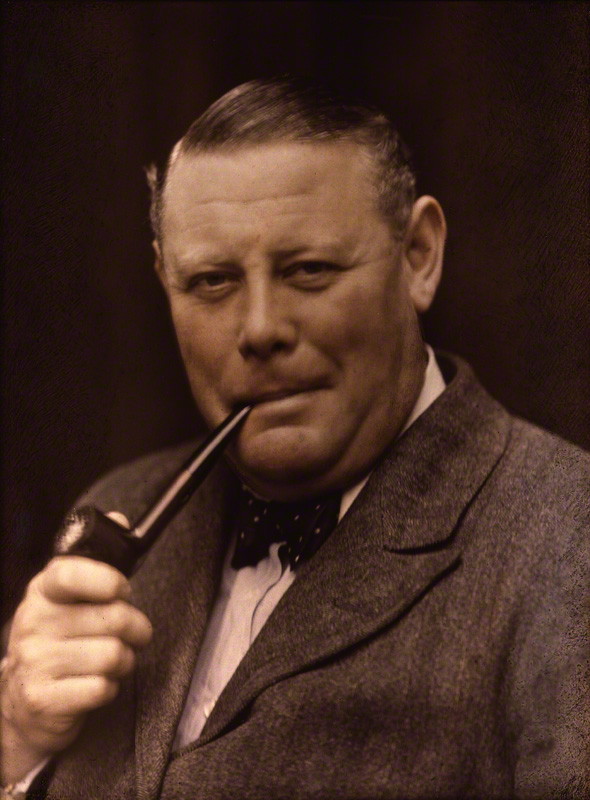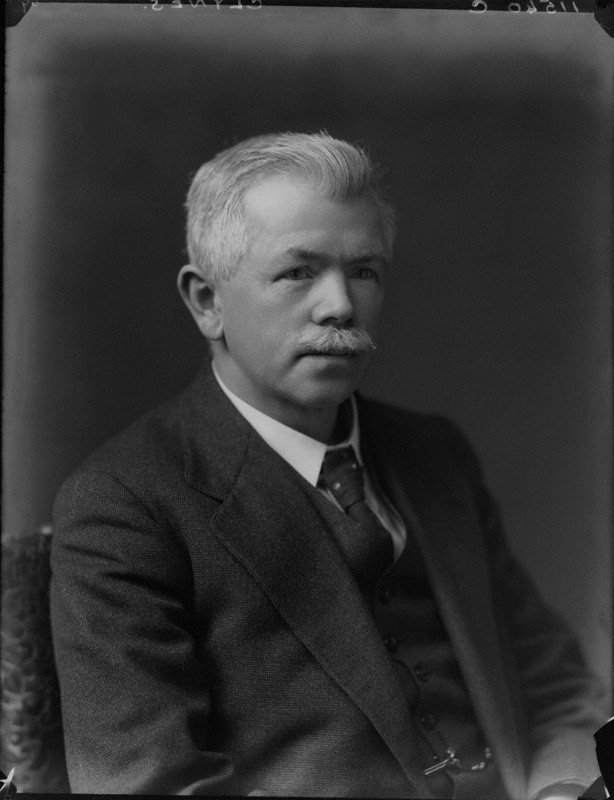by Pete Goddard and Atul Hatwal
The defeat of the miners’ in June 1921 marked the end of the threat of massive industrial action. It opened the way for the government to indulge itself. With recession biting, tax revenues falling and debt rising, they doubled down on plan A – to cut, cut and cut again.
That’s Tory-Liberal coalitions for you
Now the miners had been seen off, the coalition turned to the housing problem. They decided there wasn’t one.
Existing homes were deemed already fit for heroes, and what is a “slum” anyway – just another word for ‘bijou housing with earthy charm,’ right? The massive housebuilding programme started in 1919 was abruptly stopped.
Oddly enough, as capital spending by the government was slashed, the recession just seemed to get deeper. Unemployment soared to top two million workless.
Hmm. Cuts applied, recession follows. What could the problem be?
“Squandermania,” according to the Daily Mail. This was much like “Beatlemania”, but instead of teenage girls screaming, it was Tories and the right wing press. Tales abounded of a wasteful public sector where staff lounged on golden sofas, snacking on government-funded caviar and sipping state champagne.
The owner of the Daily Mail, Lord Rothermere went even further. He founded a new political party who, apparently keen to sound like a posse of vigilante litter pickers, were called the Anti-Waste League. They even won three by-elections in 1921.
In February 1922, eager to close off the threat from this 1920s UKIP, the coalition unveiled the Geddes axe. This was not, unfortunately for everyone, a cute photo of a baby playing heavy metal guitar, but a powerful implement for hacking at the economy.
Sir Eric Geddes was the head of a committee of businessmen who had been tasked with securing government efficiencies. Efficiencies, in this case, being a long word for cuts.

Eric Geddes: “The pound in your pocket has not been devalued. You just don’t have as many of them. Sorry.”
The Geddes axe was swung with relish across all of public sector – in today’s money £100bn was cut.
The army, navy and airforce were all reduced as were war pensions. The state contribution to unemployment benefits was ended, employment exchanges were abolished and even state support for local authority child and maternity services, enacted by the coalition in 1918, was ceased.
Education spending was slashed. Secondary education (back then only until 14) was cut for working class children. This was rationalised away as having minimal impact for “children whose mental capabilities do not justify higher education,” which goes to show how long-winded people were back then – today you can more efficiently victimise with the single word: chav.
Overall, the cuts were Now That’s What I Call Austerity volume 1: every major cut in one bumper compilation package.
Labour’s response in parliament was muted. J.R.Clynes, Labour’s leader, managed to not speak directly about the Geddes committee’s recommendations in parliament at all. In fact no-one in parliament really complained about the cuts.
Partly, this was because it was hard to argue that debt wasn’t a problem. At over 150% of GDP, there was a definite consensus that now was not the time to go shopping.
Sure, no one was particularly keen on what the government was proposing, but the public were equally clear that something had to be done. And cuts were something.
Another problem for the party was the enormous coalition majority. There didn’t seem an awful lot of point to making grandstand speeches if defeat was guaranteed.
So Labour’s leaders concentrated on ameliorating the worst impact of the cuts. They pitched for some extension of unemployment insurance, which even the coalition Liberals seemed sympathetic towards.
Massive long term unemployment led to more and more people depending on local poor relief which offered support levels ranging from inadequate to none. A series of newspaper stories on the plight of the grindingly poor caused a public outcry.
Mindful of public perception, and maybe even remembering what he once believed in himself, Lloyd George succumbed to Labour’s campaign. April 1922 saw two key changes: a new form of benefit for those without access to unemployment support, commonly called “doles” and some support for the dependents of the long term unemployed.
For Labour, it was as near to a victory as they had secured all parliament, and after the trauma of Black Friday one year earlier, a welcome change.
Although the government had passed the bill, and it wasn’t as much as Labour wanted, at least the party could claim they were making some difference.
Needless to say, the Tories and their press allies didn’t like it. Such coddling removed the best incentive there was to get on your bike and find a job – the threat of starvation. So what if you’re too weak to pedal?
As the economy continued to stagnate, with unemployment oscillating between 1.5 and 2 million, Tory backbenchers were clear on the root cause of the problem: the government was just being too damn nice.
By October, Tory patience had run out. They decided that Lloyd George and his vulnerability to Labour influence was getting in the way of the real business of government – bigger and more brutal cuts.
Using the pretext of a foreign policy fiasco, they summarily jettisoned him and installed their man Andrew Bonar Law in the prime ministerial hotseat. He immediately called an election to secure a mandate for the absolutely enormous cuts-to-end-all-cuts that his backbenchers knew were the answer.
Pete and Atul are not historians
Tags: Atul Hatwal, austerity, Geddes axe, J.R.Clynes, Labour history uncut, Pete Goddard









